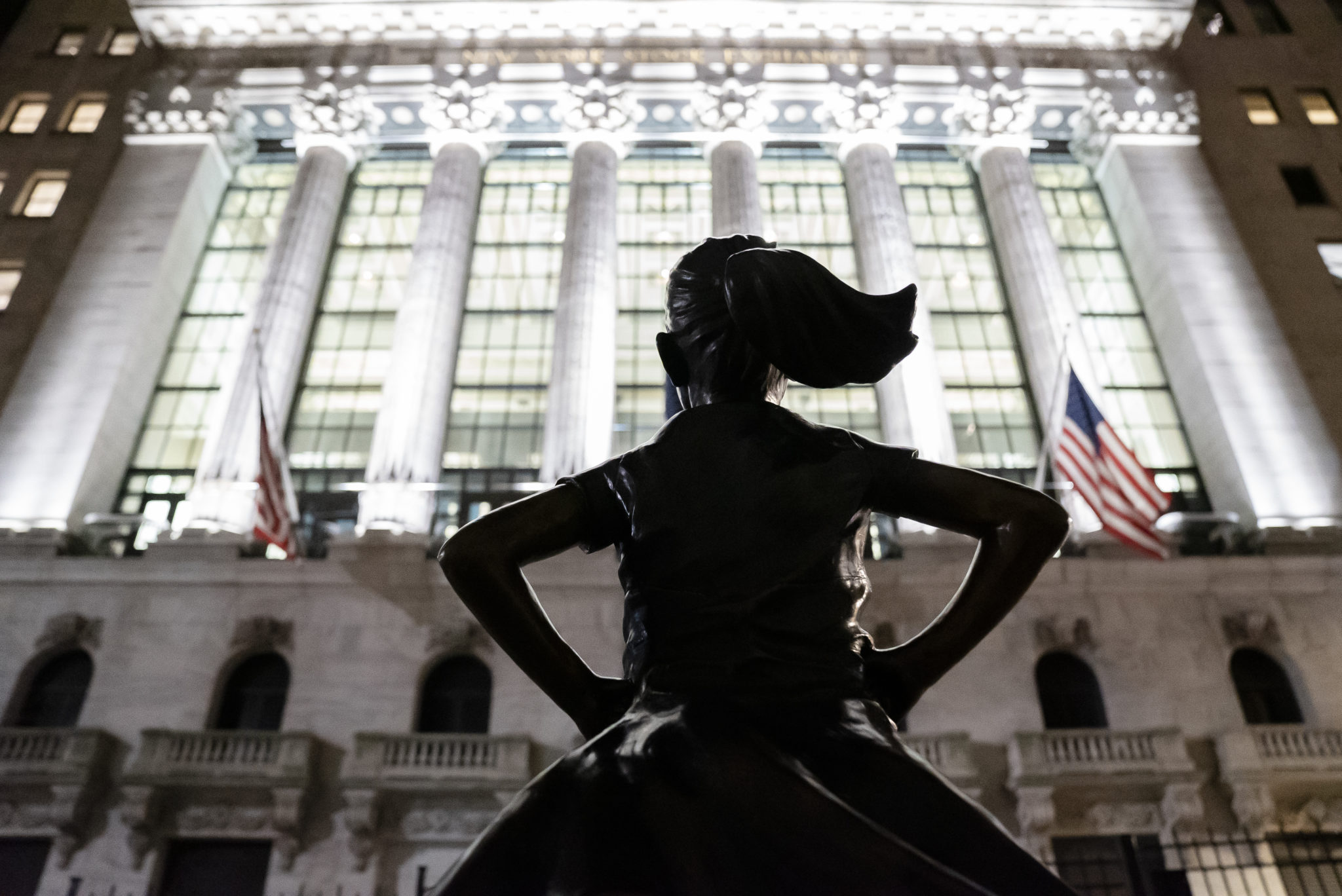The US Federal Open Market Committee again abstained from changing the rate following a one-day postponement of the November meeting due to the US election, after urgently reducing it to 0-0.25% in March. However, the updated spot rate schedule in September does not promises a rate increase until late 2023.
In its statement, the watchdog maintained the wording adjusted at the previous meeting: the Fed will aim for an inflation rate "slightly above 2%" to keep it on average of 2% and meet long-term expectations. Recall that the committee had previously agreed that a slight deviation would be possible for "some" time, since before that the indicator was below the benchmark - this recorded a shift to targeting based on the average.
Recent macro statistical data, however, remains fairly positive despite the second wave of the pandemic. The leading business indicator, the ISM industry index, rose to 59.3 points in October from 55.4 in September - a record since September 2018. However, restrictions due to the pandemic led to a slowdown in employment recovery: according to the ADP, 365,000 jobs were created in October compared to 753,000 in September. Moreover, experts warn that new coronavirus hospitals will soon run out of capacity, which could result in additional restrictions.
The number of new infections in the USA has already exceeded 100,000 per day, so the regulator, in its statement, again had to note that further economic development will depend on the epidemiological situation. Jerome Powell, head of the regulator, said that the growth in the number of new infections is "particularly worrying" and additional measures are needed to support the economy. In the third quarter, the American economy grew by 33.1% year-on-year (i.e. this would have been growth if this had been the rate of growth throughout the year), after a 31.4% fall in the second quarter.
source: cnn.com, bloomberg.com
In its statement, the watchdog maintained the wording adjusted at the previous meeting: the Fed will aim for an inflation rate "slightly above 2%" to keep it on average of 2% and meet long-term expectations. Recall that the committee had previously agreed that a slight deviation would be possible for "some" time, since before that the indicator was below the benchmark - this recorded a shift to targeting based on the average.
Recent macro statistical data, however, remains fairly positive despite the second wave of the pandemic. The leading business indicator, the ISM industry index, rose to 59.3 points in October from 55.4 in September - a record since September 2018. However, restrictions due to the pandemic led to a slowdown in employment recovery: according to the ADP, 365,000 jobs were created in October compared to 753,000 in September. Moreover, experts warn that new coronavirus hospitals will soon run out of capacity, which could result in additional restrictions.
The number of new infections in the USA has already exceeded 100,000 per day, so the regulator, in its statement, again had to note that further economic development will depend on the epidemiological situation. Jerome Powell, head of the regulator, said that the growth in the number of new infections is "particularly worrying" and additional measures are needed to support the economy. In the third quarter, the American economy grew by 33.1% year-on-year (i.e. this would have been growth if this had been the rate of growth throughout the year), after a 31.4% fall in the second quarter.
source: cnn.com, bloomberg.com





